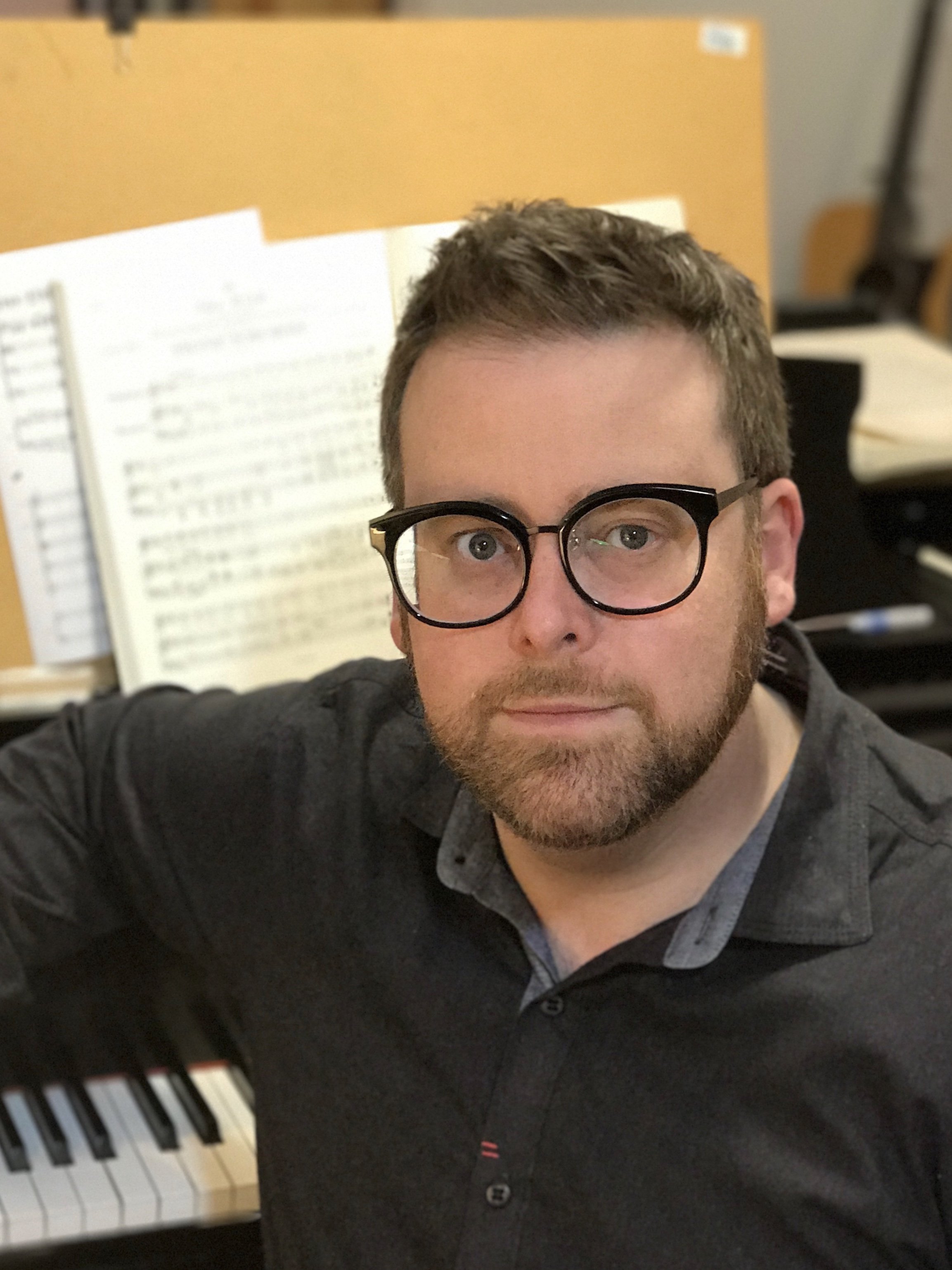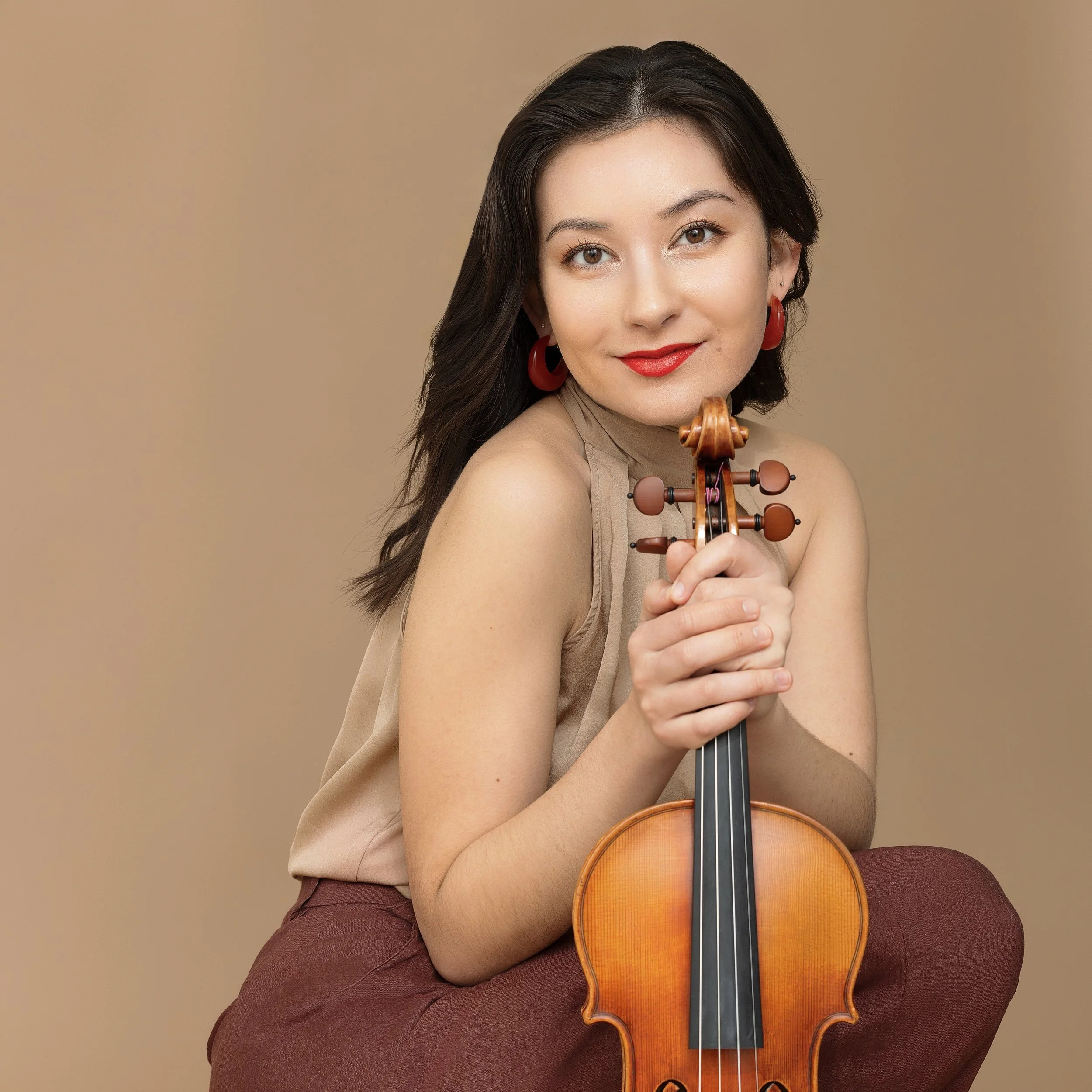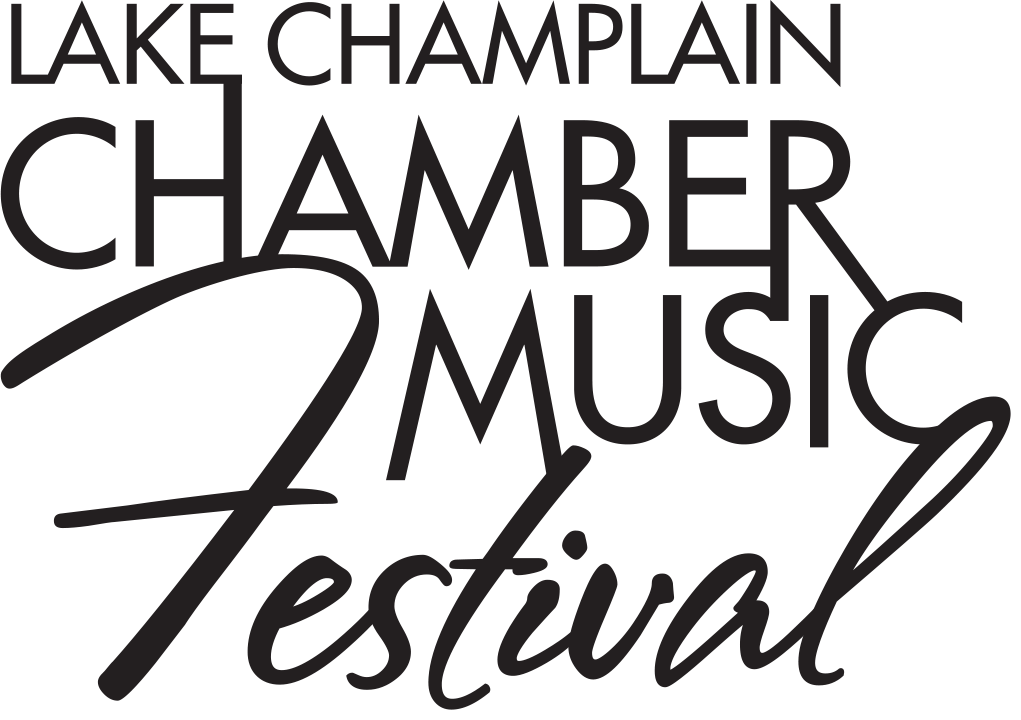CONCERT III: The Great Melodists
Friday, August 22, 2025
Elley-Long Music Center at St. Michael’s College (map)
Among Mozart’s greatest gifts was his ability to spin out unforgettable melodies, ranging from the charmingly simple in Eine Kleine Nachtmusik to the profound and eternal in his G minor Symphony No. 40. Two of his greatest admirers, Schubert and Tchaikovsky, join Mozart in the pantheon of supreme melodists whose lyricism will pervade this program.
6:30 PM | Doors Open
6:45 PM | PRE-CONCERT CONVERSATION
with SOOVIN KIM and DAVID SERKIN LUDWIG
7:30 PM | CONCERT
Join us at 11:00 am for a Gallery Talk with 2025 Featured Visual Artist, Debba Pearce!
PROGRAM
-
Angela Park, cello
Roman Rabinovich, pianoPROGRAM NOTE
Franz Schubert was born at Vienna on 31 January 1797 and died in Vienna on 19 November 1828. The Sonata in A minor for arpeggione and piano was written in November of 1824 for Vincenz Schuster but was not published until 1871, when it was released by Anton Diabelli. The instructional manual on playing the arpeggione, written by Schuster, was also published at that time. Transcriptions of the sonata exist for many instruments (by the time of the sonata’s publication the instrument was already in decline and transcriptions ensured the work’s survival), including the cello, flute and string bass. The transcription for viola being performed today was prepared by W. D. Seiffert.
The arpeggione, invented in 1823, is one of those historical curiosities that would be absent in the consciousness of even the most seasoned musician had it not been for the composition of Schubert’s masterfully written sonata for the instrument. The arpeggione is often described as either bowed guitar or a guitar violoncello; it had frets, and the tuning of the strings is like a guitar’s (E-A-d-g-b-e’). It was held and played like a cello or bass viol. According to Grove Music Online, “[t]he arpeggione’s soulful, almost speechlike upper register was clearly in the forefront of Schubert’s mind when he composed this idiosyncratic work.”
This sonata was written in what some call an “autumnal” period in Schubert’s compositional output. The composer was suffering from the late stages of syphilis and the disease (as well as the treatment for it) limited his composition. Schubert was returning from his second visit to Hungary and letters to his friends upon his return to Vienna imply that the composer was feeling happy and at peace. In 1823 Schubert experienced a resurgence of creative energy and subsequently wrote incidental music to the play Rosamunde and the piano sonata D 784. In early 1824 he wrote the String Quartet No. 13 in A minor, D 804 (also subtitled Rosamunde). The sonata exhibits many similarities with both the D 784 and D 804 works, including the exploration of A-minor/A-major chromatic mediant relationships as well as treatment of thematic development.
The first movement is in sonata form and features lilting themes in the Viennese mood. The second movement features a songlike Adagio that is reminiscent of Schubert’s compositions for voice. The movement goes attacca into the third movement, a rondo which also explores contrasting themes of a very Viennese character.
© Dr. Daniel Doña
-
Soovin Kim, violin
Nicholas Cords, viola
Peter Stumpf, cello
Roman Rabinovich, pianoProgram Note
Distinct musical motives abound throughout music history, perhaps none more recognizable than the thunderous four notes that opened Beethoven’s 5th symphony in 1808. But that symphony’s true power lies in the journey that the motive takes in the minutes following its initial proclamation. About twenty years earlier Mozart used his own dramatic six-note motive to announce the beginning of his G minor piano quartet. Mozart set the tone for Beethoven by obsessively using that motive as well as the piano’s subsequent octave leap to spin out virtually every theme in the first movement. The motive’s transformation traces the story of the movement, alternately evoking fear, a longing for love and beauty, turmoil, and ultimately defiance.
After such darkness it is striking that the rest of the piece contains remarkably little minor-key music. With this contrast Mozart created a sense of tranquil reflection in the second movement and a lightness of being in the third. It is astounding that Mozart’s tremendous musical output includes so few pieces that are named in a minor key - only two out of twenty-seven piano concertos and two out of forty symphonies are given that designation - and there is a powerful sadness and tragedy that is expressed in these works. The later movements of this piano quartet attempt to break free from the weight of the first movement, and Mozart finally manages a joyous outburst in unison to close the piece. In our 2011 Festival’s context, it opens a window into a bright week of great music to come!
© 2011 Soovin Kim
-
Tai Murray, violin
David McCarroll, violin
Nicholas Cords, viola
Isabelle Durrenberger, viola
Peter Stumpf, cello
Kee-Hyun Kim, celloProgram Note
Tchaikovsky’s Souvenir de Florence is one of his most energetic and joyful chamber works, yet it was composed from a curious contradiction. Despite its title, the piece has very little of the typical “Italian sound.” Instead of being a musical postcard from Tuscany, it is more like an emotional memory full of Slavic passion, power, and lyrical beauty. But why then, “Souvenir de Florence”?
The answer lies in a moment of inspiration. In 1890, Tchaikovsky was staying in Florence, Italy, working on his opera The Queen of Spades. Surrounded by the beautiful scenery, he sketched a melody that would become the basis of this sextet. Even though he didn’t complete the work until 1892, Tchaikovsky always connected its beginning to that time in Italy. The title refers not to a reflection on Italian music, but to express a personal memory.
Tchaikovsky was asked to write the piece by the St. Petersburg Chamber Music Society, who had made him an honorary member on the condition that he compose a chamber work. Tchaikovsky, who usually wrote big orchestral or dramatic music, struggled at first to balance the six instruments. “What I am writing is terribly difficult,” he admitted in a letter to his friend, “but I want it to be a real sextet, not just something orchestral written for six players.”
The first movement (Allegro con spirito) begins with strong, clear energy—a powerful theme that requires virtuosic precision from the ensemble. This Allegro con spirito is full of theatrical excitement, reminiscent of Tchaikovsky’s ballets or symphonies, but the intimacy of a chamber ensemble gives it special clarity.
The second movement (Adagio cantabile e con moto) provides a stark contrast. It offers a sweet, almost operatic melody for the first violin, while the lower strings play a gentle, rocking background. This movement is often called the “Florentine” heart of the piece—like a Mediterranean love song. One charming detail: the plucked notes in the cello part sound like a mandolin, perhaps as a subtle tribute to Italian street musicians.
The last two movements are full of Russian dance rhythms and folk energy. The third movement (Allegretto moderato) is light and playful, while the final movement (Allegro vivace) is fast and exciting, full of quick musical ideas and clever counterpoint. These movements showcase Tchaikovsky’s talent for musical structure, combining Russian folk styles with Western classical forms.
Interestingly, Tchaikovsky was never satisfied with the piece. He revised it many times before its first performance, even throwing out large sections and rewriting them. But today, Souvenir de Florence is one of his most beloved chamber works, praised for its deep emotion, clever design, and joyful sound.
© Amane Sakaguchi, Young Composer 2025
General Admission $49
Under 30 & Music Educators $20
Students $5
General Admission $255
Under 30 & Music Educators $90
Students $10
ARTISTS
-

Soovin Kim
VIOLIN
-

David Serkin Ludwig
RESIDENT COMPOSER
-

David McCarroll
VIOLIN
-

Tai Murray
VIOLIN
-

Nicholas Cords
VIOLA
-

Isabelle Durrenberger
VIOLA
-

Kee-Hyun Kim
CELLO
-

Peter Stumpf
CELLO
-

Roman Rabinovich
PIANO

